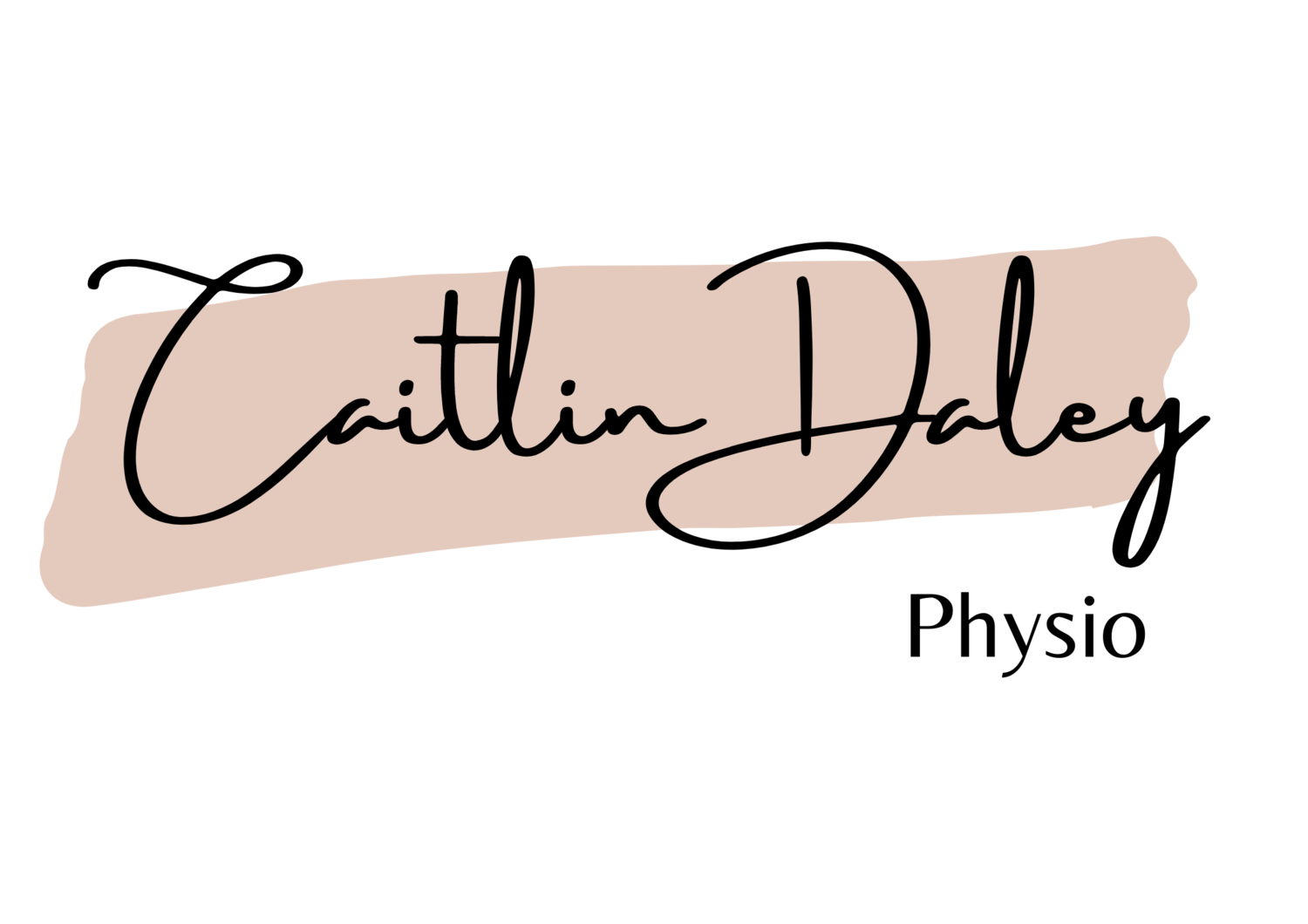Rectus Abdominus Diastasis
Written by Stephanie Guy, Bachelor of Physiotherapy (The University of Newcastle, 2017)
What is Rectus Abdominus Diastasis (RAD)?
The rectus abdominus muscle is the top layer of your abdominal muscles, also known as your “six pack”
It is composed of two long sheets of muscle, connected in the middle by connective tissue known as the linea alba.
These muscles play a role in flexing the trunk, contract to compress the contents of the abdomen, core stability and play a role in pelvic movement.
RAD occurs when there is thinning or widening of the linea alba, and thinning of the rectus abdominus muscle.
This is often seen in pregnancy or post-partum, but can occur in other populations.
By 35 weeks of pregnancy 100% of women have been shown to have a degree of RAD.
It is caused by the growing baby, uterus expansion and hormonal changes and is a very NORMAL part of pregnancy.
The rectus adominus can return to normal following pregnancy as the uterus shrinks, but it is important to note that the uterus can take 6-8 weeks to return to its normal size following pregnancy.
What to do if you are concerned?
Women’s Health Physio’s can assess, manage and provide education surrounding RAD.
Research has determined that normal width of the linea alba can range from 2-3cm.
How do we Assess?
A women’s health physio will look at the whole picture; person, movement patterns, breathing mechanics and posture. We can observe for issues such as hernia’s however cannot diagnose this.
Physiotherapy Assessment will involve the following.
o Lying on your back with knees bent, the physiotherapist will feel the linea alba with their fingers, up and down the length of the abdomen at rest. We will also use Trans-abdominal Ultrasound which is gold standard for assessing RAD.
o Your physiotherapist may then ask you to lift your head off the pillow and observe and feel any change in your abdomen with this movement
What is the treatment approach for RAD?
Activation of the abdominal muscles is the first step.
Diaphragmatic breathing – there is close link between the diaphragm, pelvic floor and your deep core muscles, activating these muscles can help the activation process.
Wearing bracing and supportive garments have been found in the research to result in improvements in linea alba width and strength of the abdominal wall.
Strength training and graded loading of the abdominals is so important for rebuilding the connective tissue.
Everyone is different and an in-depth assessment and treatment plan needs to be tailored to the individual. The same recipe may not be suitable for all post-partum, that is why it is important to see a Women’s health Physio following birth to ensure you receive the right information for you!
Stay tuned for the next instalment in the rectus abdominus series; what can I do pre and during pregnancy to support my abdominal muscles.
If you would like to book an appointment please click here under Initial Consultation Womens Health
References:
Szkwara JM, Milne N, Rathbone E. A prospective quasi-experimental controlled study evaluating the use of dynamic elastomeric fabric orthoses to manage common postpartum ailments during postnatal care. Womens Health (Lond). 2020 Jan-Dec;16:1745506520927196. doi: 10.1177/1745506520927196. PMID: 32525761; PMCID: PMC7290251.
Beer, G.M. et al. (2009) ‘The normal width of the linea alba in nulliparous women’, Clinical Anatomy, 22(6), pp. 706–711. doi:10.1002/ca.20836.
POGP CONFERENCE 2018 Diastasis rectus abdominis: physiotherapy management


